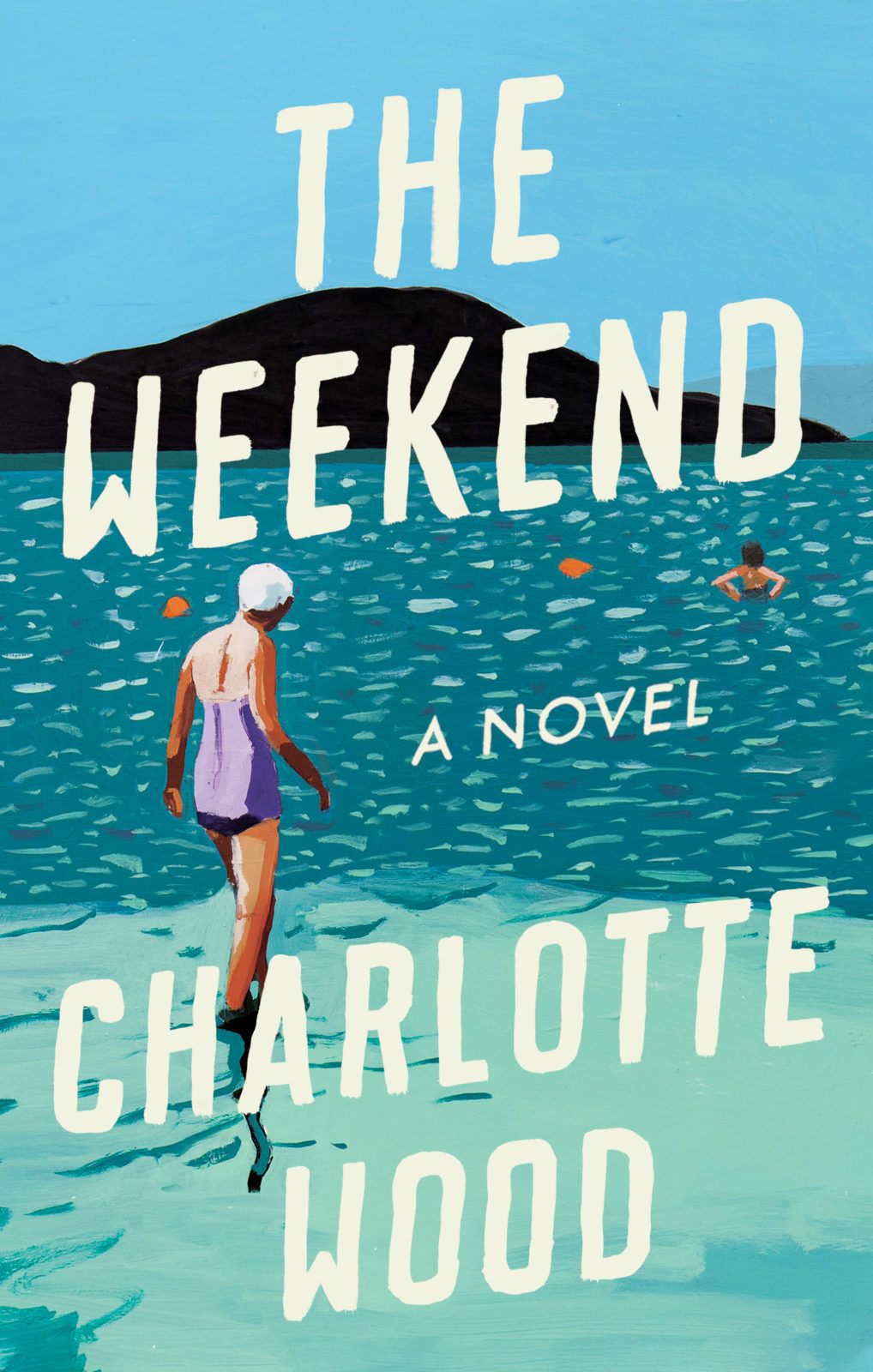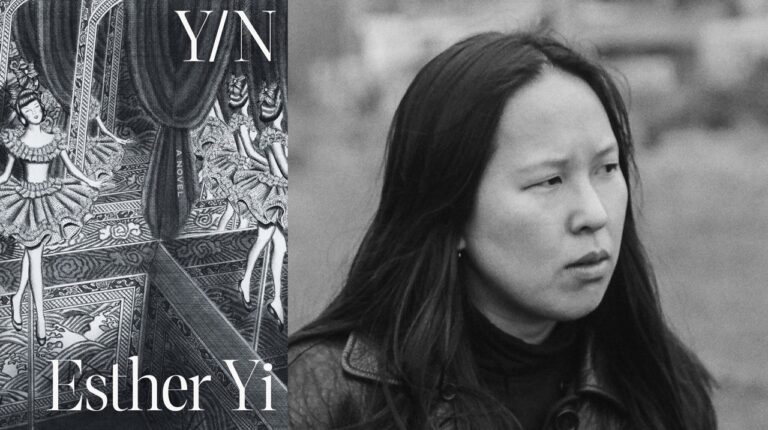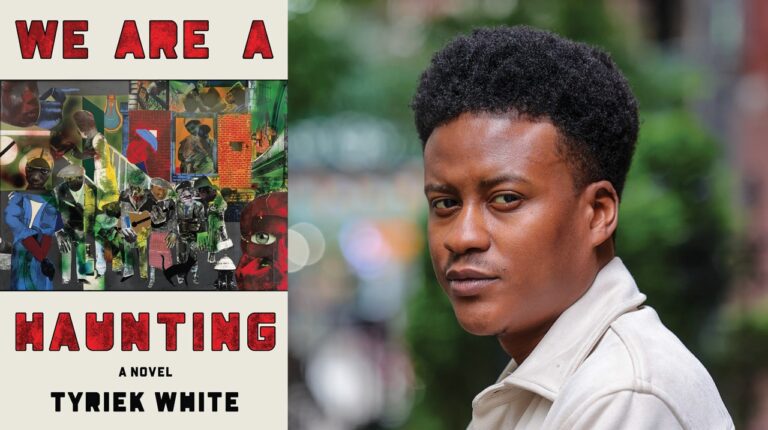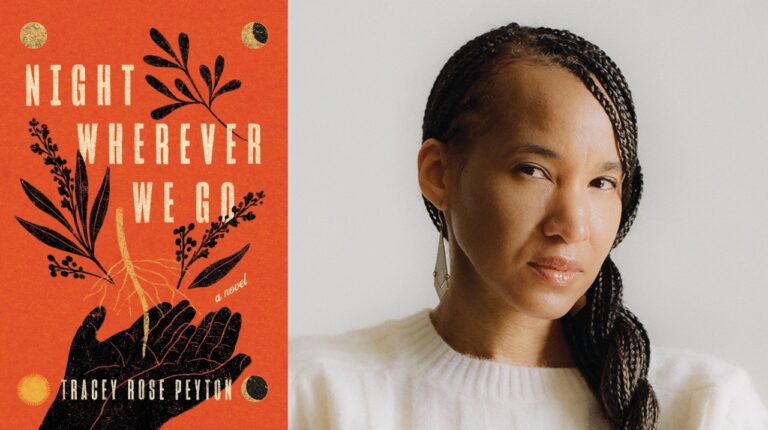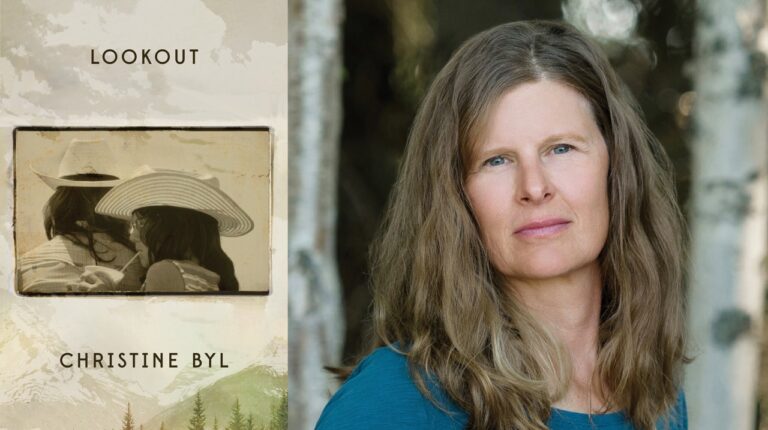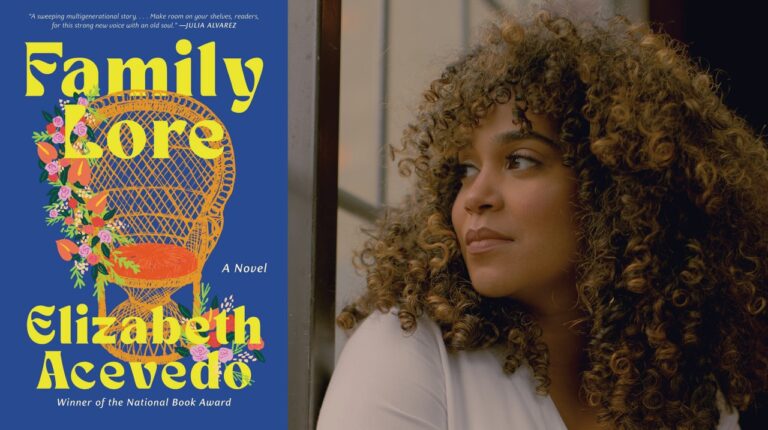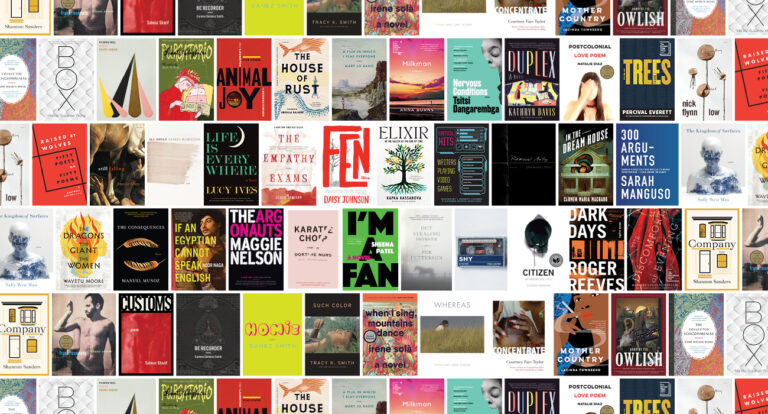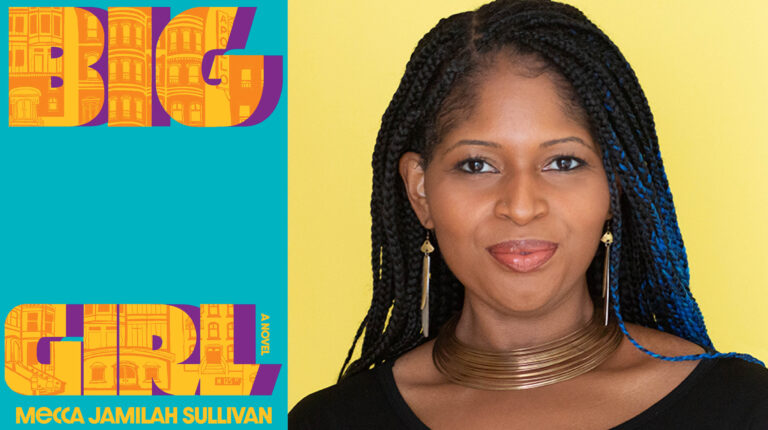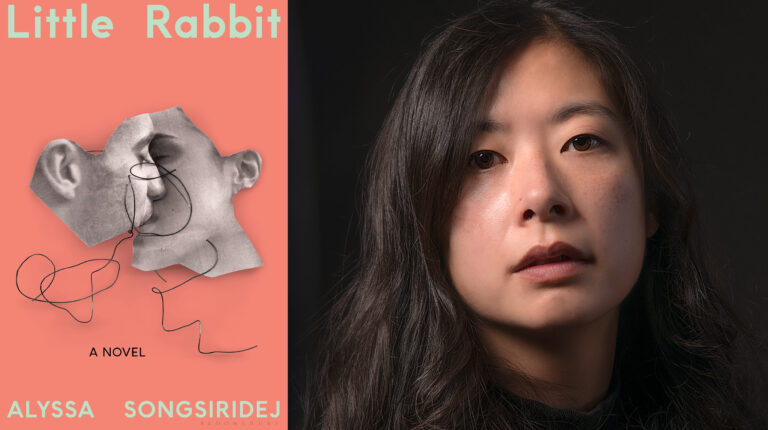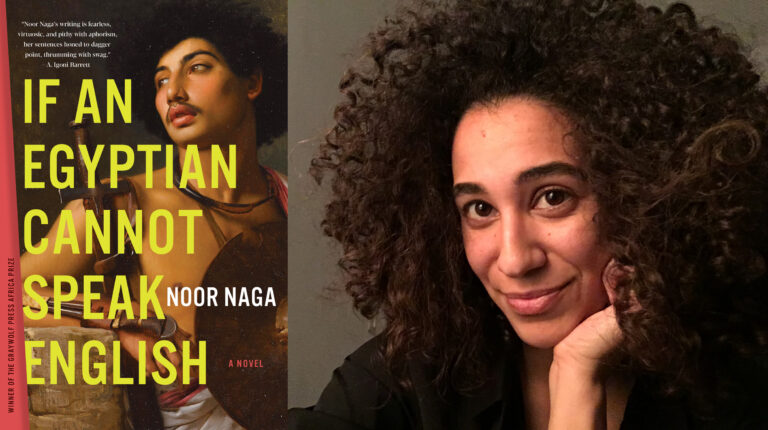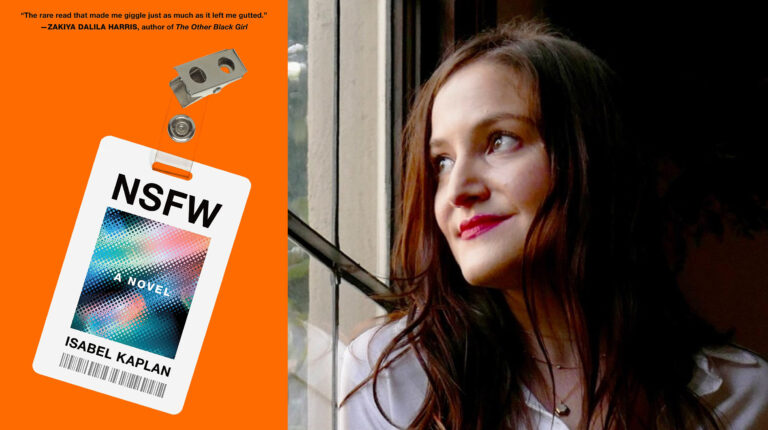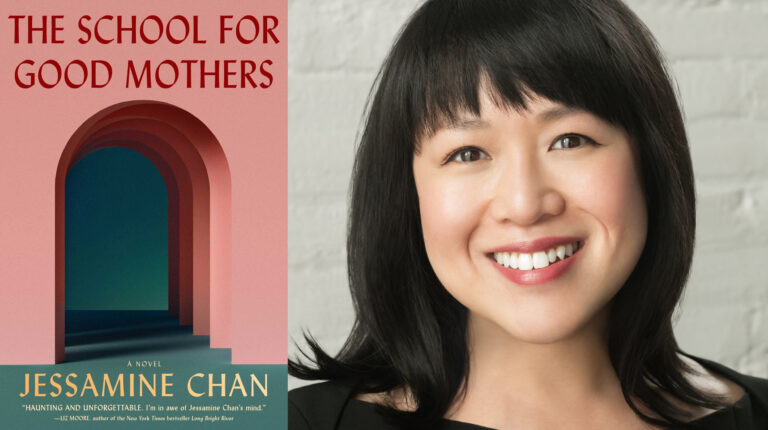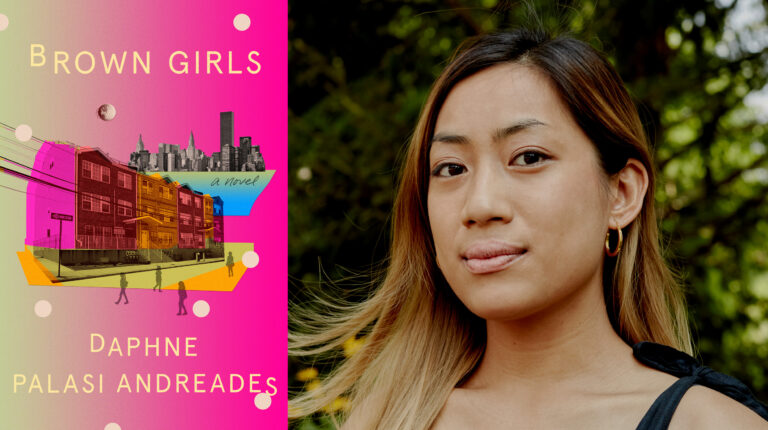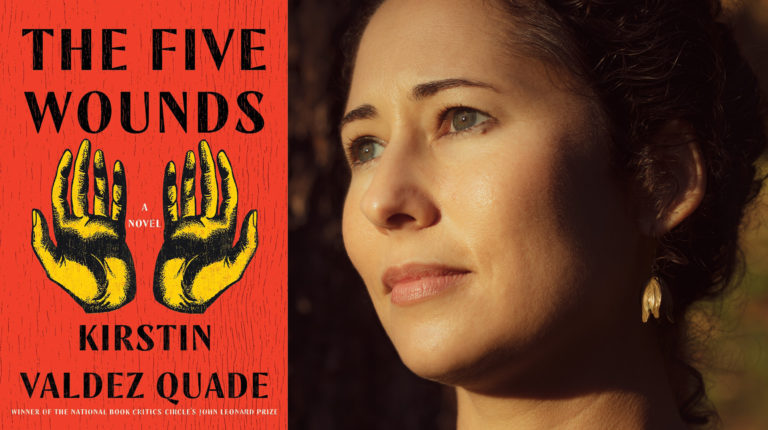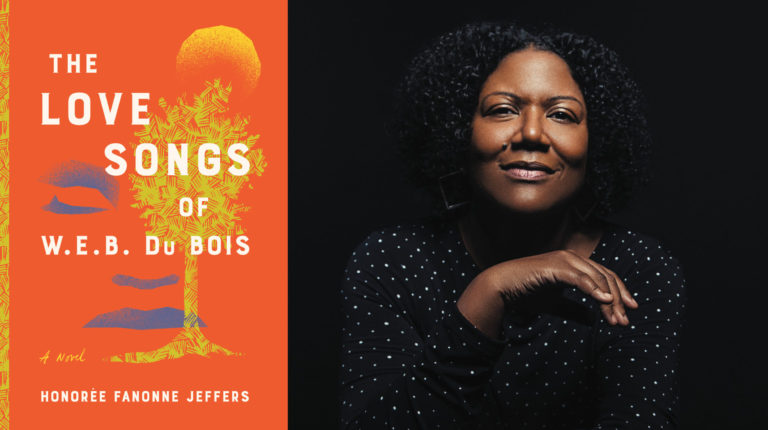An international bestseller, shortlisted for the Stella Prize, and longlisted for the Miles Franklin Award, Charlotte Wood’s latest novel The Weekend follows three women in their seventies who reunite for one last, life-changing weekend in the beach house of their late friend. Wood discussed the novel with Sarah McGrath, Senior Vice President and Editor-in-Chief of Riverhead Books, for our Author/Editor series.
Sarah McGrath: The Weekend is about a group of three lifelong friends who gather for a weekend after the death of their beloved fourth friend, who turns out to have been the glue that held the quartet together. What made you interested in exploring longstanding female friendships? Did your thinking about female friendships evolve over the course of your writing?
Charlotte Wood: From a young age, I had many intense friendships with other girls and women. When I was younger, I saw friendship as a very simple thing: you loved someone entirely, and then sometimes you grew apart, and that friendship faded. But as I’ve grown older, I’ve seen a great deal more complexity in friendships, particularly the longstanding kind that go through sometimes many cycles of intensity or retreat as the individuals inside it manage the various distractions and crises that befall all of us as we grow up and grow older.
I was interested in how a friendship might be meaningfully sustained – or not – over many decades as its inhabitants grow older. Is it possible for friendships to truly adapt and endure for many decades, and remain as rich as when they began? That was what I became interested in exploring.
One thing I noticed as I wrote the book was a tendency for some women in their middle age and older to announce quite proudly that they’re no longer interested in “tolerating” friendships that don’t work, or don’t “serve my needs.” There’s a feeling that a little Marie Kondo-style decluttering of friendships that might be fading or difficult is a form of courageous self-care. And sometimes there’s quite a brutal finality about the severing of these friendships that worries me because it rests on the assumption that one can always make new friends. I keep thinking, but what if we’re wrong about this? What if we can’t find rich new friendships after all? What if my difficult friend was showing me something I needed to understand about myself? Or what if I change again and find myself missing, even needing the person I’ve banished? I think of good friendships as quite elastic, and the question in The Weekend is, how far can the elastic stretch before it does finally break?
One of the things that The Weekend does so beautifully is examine the various characters’ separate attitudes toward aging, the push-pull between acceptance and resistance. All of the women are in their seventies. Charlotte, you are significantly younger. What made you decide to explore the lives of older women? What did you learn about aging through the process of researching this book? Have you taken anything away with regards to your own life?
Partway through writing the book, I realized that one of the drivers of my curiosity about old age was that my parents both died aged in their fifties, and so I assumed from a young age that I too would inevitably die around the same age. I had put so much (subconscious) energy into preparing for my ‘early’ death that I’d never once considered a different possibility – the possibility of growing old, living a long life. So The Weekend became a kind of cautionary self-portrait for me, a way of casting forward and thinking about the kind of old woman I might be if I live that long. Who will be with me as I enter my old age? How accepting and gracious will I be about the large and small challenges that are inevitable in age – or how much denial will I use to avoid thinking about them? All of this became completely fascinating to me. I didn’t do much official research, so much as intense observation of people around me; people I know, people I see in the street or the art gallery, my friends’ parents, and so on. The subject became richer and more interesting to me all the time and continues to do so.
Palliative care nurses have told me that people mostly die as they live—they carry their default optimism or acceptance or bitterness or anger from into their last moments. Writing this book helped me see that we also take our default states into growing old and that we can decide now if we want to, what that default state will be. How do I want to live, how do I wish to face what comes? I wanted to write a book about friendship and aging that was about the present and the future, peopled by fully rounded adults with power and agency. Out of this desire grew my characters Adele, Jude, and Wendy.
Writing the book also forced me to acknowledge our very deep cultural disgust, even hatred, toward the older mind and body, and made me determined to fight against it in myself—to open up my own mind to all the different possible ways of approaching old age.
Culturally there seems to be great interest right now in purging belongings, in tidying and streamlining. Wendy, Jude, and Adele have gathered to clear out their late friend Sylvie’s beach house so that it can be sold, and getting rid of Sylvie’s belongings is freighted with meaning and memories both joyful and painful. What is the role of objects in grief? How did setting the story in Sylvie’s home enable you to explore dynamics around possessions and possessiveness?
I had so much fun writing about the house and the belongings in it. For these women, the house and Sylvie’s things are not really separable from their friend at all – the objects carry a resonance of Sylvie herself, even when they are bits of junk she didn’t care much about—battered saucepans, or a pair of ugly sandals, or vinyl records. The women’s responses to the objects reflect each of their relationships to Sylvie on some level, or their own attitudes to life – do they want to hang on, or purge? Are they sentimental about old times – as Adele with the records is, joyfully immersing herself in the memories they bring of her own younger self – or are they, like Jude, prone to a more brutal casting off of things she sees as useless junk? Wendy is more chaotic – she’s very fond of the shabby familiarity of Sylvie’s house, which makes her feel close to her lost friend, but at the same time, she’s bored at the work of having to sort through all this detritus.
Setting the story in Sylvie’s house was key. For a long time while writing, I had the friends staying in a holiday house together, but there was no strong enough reason to keep them there, especially when they had these scratchy, fractious encounters. So when I realized it was Sylvie’s house, all of it made sense. They were held there together by duty and grief and old love, but the obligation also created interesting pressures for a novelist to play with. It also created the possibility for unspoken, quite primitive territorial feelings about each of their friendships with Sylvie, and who really understood her the best.
I remember reading your novel for the first time in December while I was getting ready for our winter holidays. Of course, in Australia, where you live and where The Weekend is set, December is high summer, and there are gorgeous descriptions throughout the novel of summer weather and scenes at the beach (I was jealous!). Was there a specific setting that inspired you? I know there was a particular photograph that was meaningful to you as you wrote—will you describe it for us and tell us how you came across it?
There’s a little coastal hamlet just north of Sydney called Killcare, where I spend a lot of time, and the setting of the book, a fictional place called Bittoes Inlet, is loosely based on that area. But there are beachside towns like this dotted along the coasts all over Australia, where affluent middle-class people have their holiday homes alongside the locals, who might be less wealthy, like teachers and cleaners and fishermen and tradespeople. I find the class contrasts interesting in places like this – holiday towns that were once working-class fishing villages, but which are now equally populated by rich city-siders who buy up the little shacks, bulldoze and replace them with great steel and glass monuments. Dotted among these mansions are still some of the little weatherboard houses of old, and there remains architectural evidence of the different waves of incoming cultures – the working classes replaced by the hippies of the seventies, replaced by the nineties Porsche-driving neurosurgeons, and so on. Sylvie’s house is one of the seventies hippie houses that’s still just hanging on, slightly rotting and dusty and rickety.
In the middle of writing the book, I saw a threesome of older women going for a swim at the beach one day, and surreptitiously took a photo with my phone – they could have been the women of my novel coming alive in front of me. I’ve never shown it publicly as it would be intruding on their privacy, but the image remains very striking for me. The women are clearly in their seventies or older, and they look so alive and strong and vibrant. They’re separately making their way into the water to swim, calling to each other, laughing, each doing her own thing, separate but at the same time deeply connected. I found them beautiful: their bodies relaxed and real, and all thoroughly, absolutely living this moment with full intensity. In comparison, that same day when I passed a group of gorgeous young women lying on their towels a little further down the beach, their perfect bodies and luxurious hair and golden tans seemed faintly ridiculous to me, or even poignant. They seemed so static, arranged there as if they were still waiting to begin living.
I look at the photo of the older women quite often. I still find them beautiful.
All of your characters are unforgettable, but one of my favorites is Finn, Wendy’s sweet, scruffy, senile dog. How did you decide that Finn would become a major player in the events of the novel? There’s a long tradition of using fictional animals to reflect the sentiments of the human characters around them. How does Finn fit into this tradition? Do you have a favorite fictional animal?
I came upon the idea of including a dog after a conversation with a scientist during my writer’s residency at the Charles Perkins Centre, a globally renowned multidisciplinary science and health research facility at the University of Sydney, where the visionary director has brought together professionals from vastly different fields to brush up against one another, to find new solutions to old problems. My scientist friend threw into our conversation the fact that animal aging is far more accelerated than human aging, and perhaps that could be an interesting contrast as I wrote about my fictional women.
At the same time, my friend Prue’s ancient old labradoodle, called Finn, was nearing the end of her life (the real Finn was female) and exhibiting many of the ailments that my fictional dog does. It seemed perfectly natural to bring Finn into the story, both as a mirror for my women and their secret, private fears and regrets, and also as a very useful source of narrative tension. A decrepit, deaf, slightly incontinent uninvited dog in a holiday house is very useful for causing pressure and disharmony!
I’ve not been very conscious of this, but it turns out I have long included animals in my work—they seem to carry meaning for us in a useful way, offering fleeting glimpses of another plane of existence, and I love that. My favorite fictional animals of recent times are in the work of Sigrid Nunez—her dog Apollo in The Friend most especially.
Charlotte Wood is the author of six novels and two books of nonfiction. Her 2016 novel The Natural Way of Things won the Stella Prize, the Indie Book of the Year, and the Novel of the Year in her native Australia, and was joint winner of the Australian Prime Minister’s Literary Award for Fiction. Her 2020 novel, The Weekend, is an international bestseller, shortlisted for the Stella Prize, and longlisted for the Miles Franklin Award. In 2019 Wood was made a Member of the Order of Australia for significant services to literature.
Sarah McGrath is Senior Vice President and Editor-in-Chief of Riverhead Books, where she edits a list of award-winning authors.
Featured Book
-
.
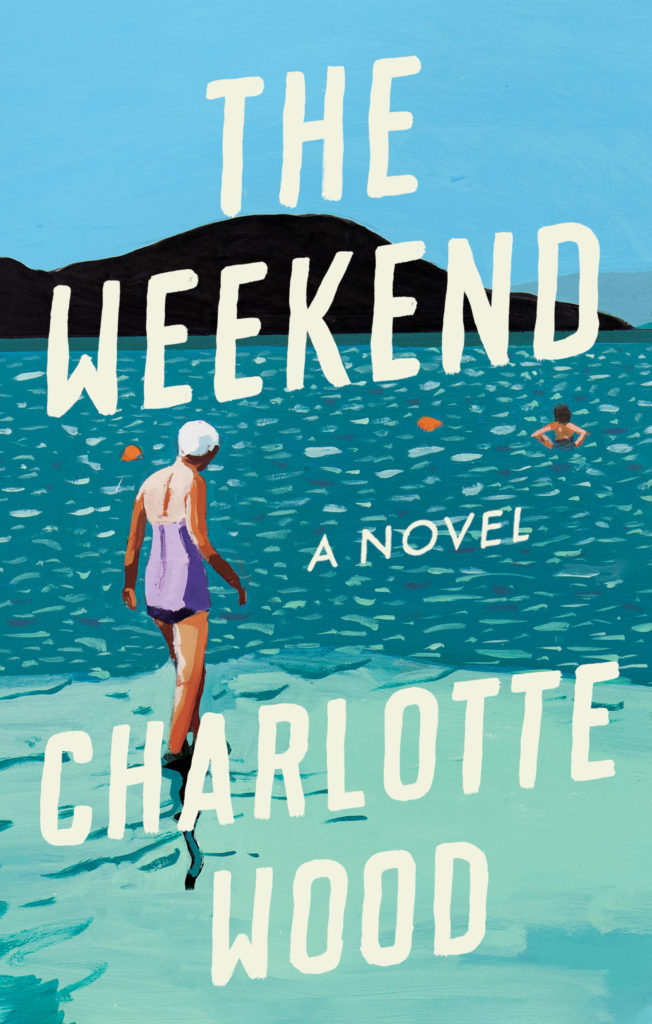
The Weekend
By Charlotte Wood
Published by Riverhead Books
Four older women have a lifelong friendship of the best kind: loving, practical, frank, and steadfast. But when Sylvie dies, the ground shifts dangerously for the remaining three.
They are Jude, a once-famous restaurateur; Wendy, an acclaimed public intellectual; and Adele, a renowned actress now mostly out of work. Struggling to recall exactly why they’ve remained close all these years, the grieving women gather at Sylvie’s old beach house—not for festivities this time, but to clean it out before it is sold. Can they survive together without her?
Without Sylvie to maintain the group’s delicate equilibrium, frustrations build and painful memories press in. Fraying tempers, an elderly dog, unwelcome guests and too much wine collide in a storm that brings long-buried hurts to the surface—and threatens to sweep away their friendship for good.
The Weekend explores growing old and growing up, and what happens when we’re forced to uncover the lies we tell ourselves. Sharply observed and excruciatingly funny, this is a jewel of a book: a celebration of tenderness and friendship from an award-winning writer.
